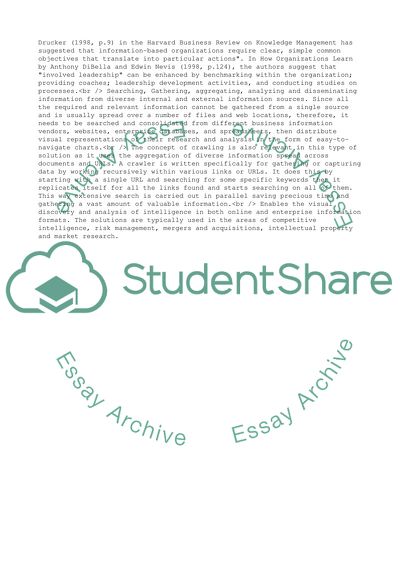Cite this document
(The Effectiveness of Information Retrieval & Knowledge Management Literature review, n.d.)
The Effectiveness of Information Retrieval & Knowledge Management Literature review. Retrieved from https://studentshare.org/management/1535334-coursework-for-information-retrieval-knowledge-management-course
The Effectiveness of Information Retrieval & Knowledge Management Literature review. Retrieved from https://studentshare.org/management/1535334-coursework-for-information-retrieval-knowledge-management-course
(The Effectiveness of Information Retrieval & Knowledge Management Literature Review)
The Effectiveness of Information Retrieval & Knowledge Management Literature Review. https://studentshare.org/management/1535334-coursework-for-information-retrieval-knowledge-management-course.
The Effectiveness of Information Retrieval & Knowledge Management Literature Review. https://studentshare.org/management/1535334-coursework-for-information-retrieval-knowledge-management-course.
“The Effectiveness of Information Retrieval & Knowledge Management Literature Review”. https://studentshare.org/management/1535334-coursework-for-information-retrieval-knowledge-management-course.


